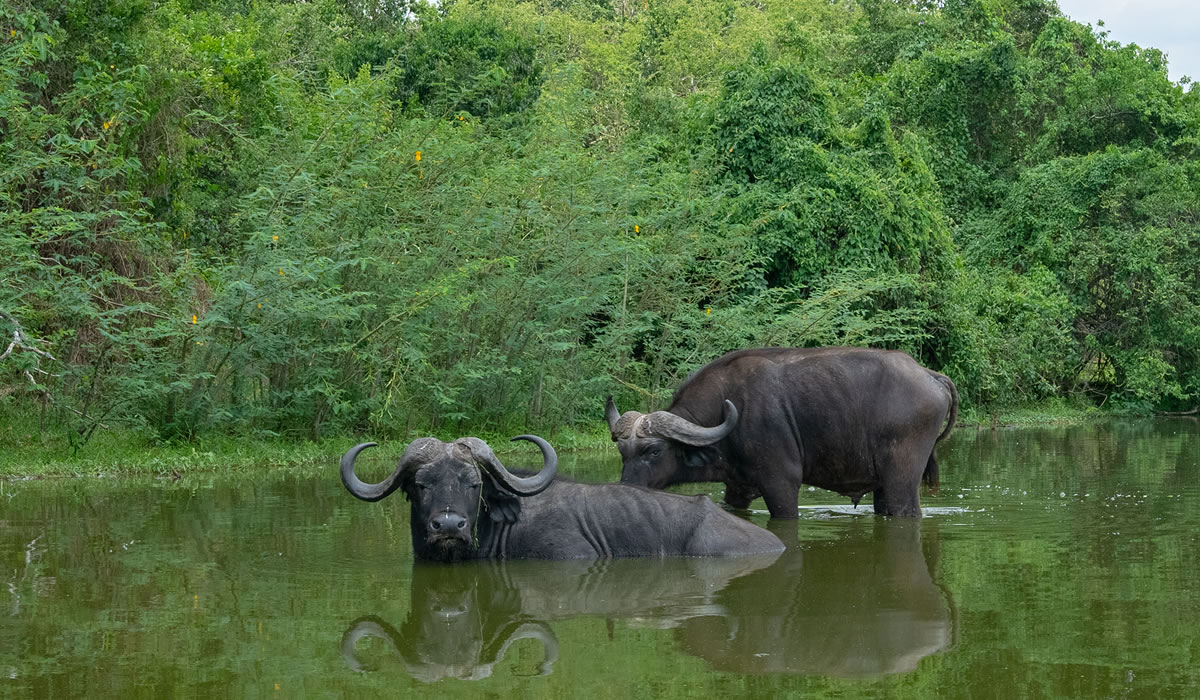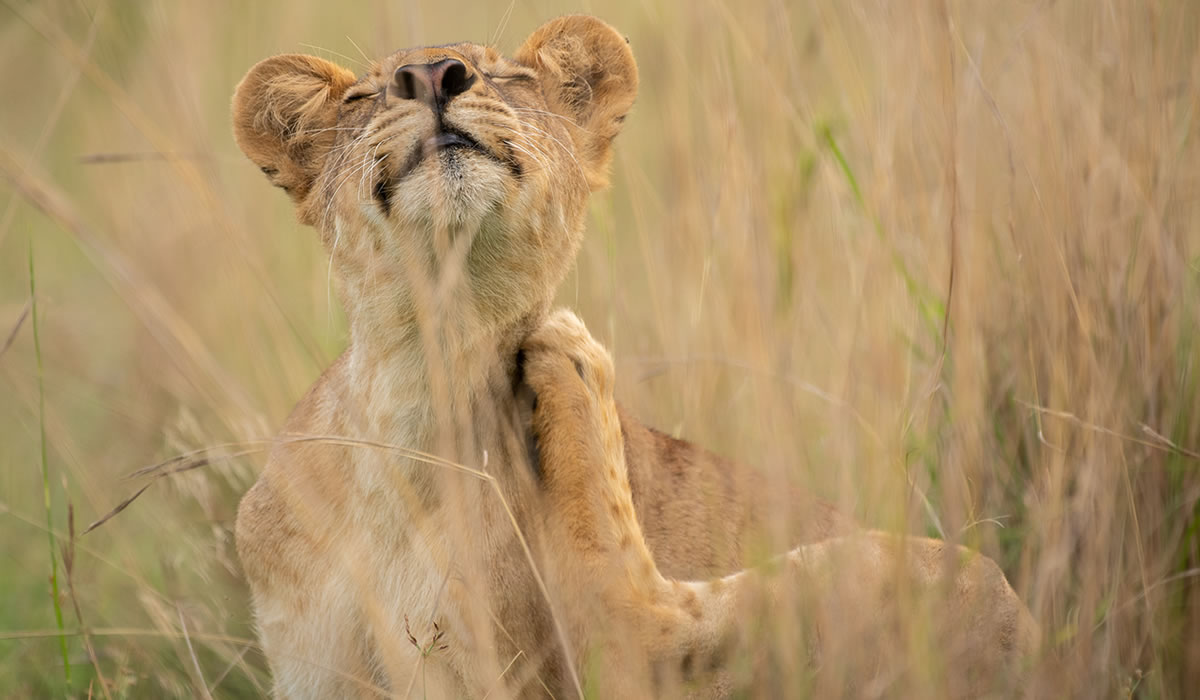When planning a trip to Uganda, one of the most common questions travellers ask is,…
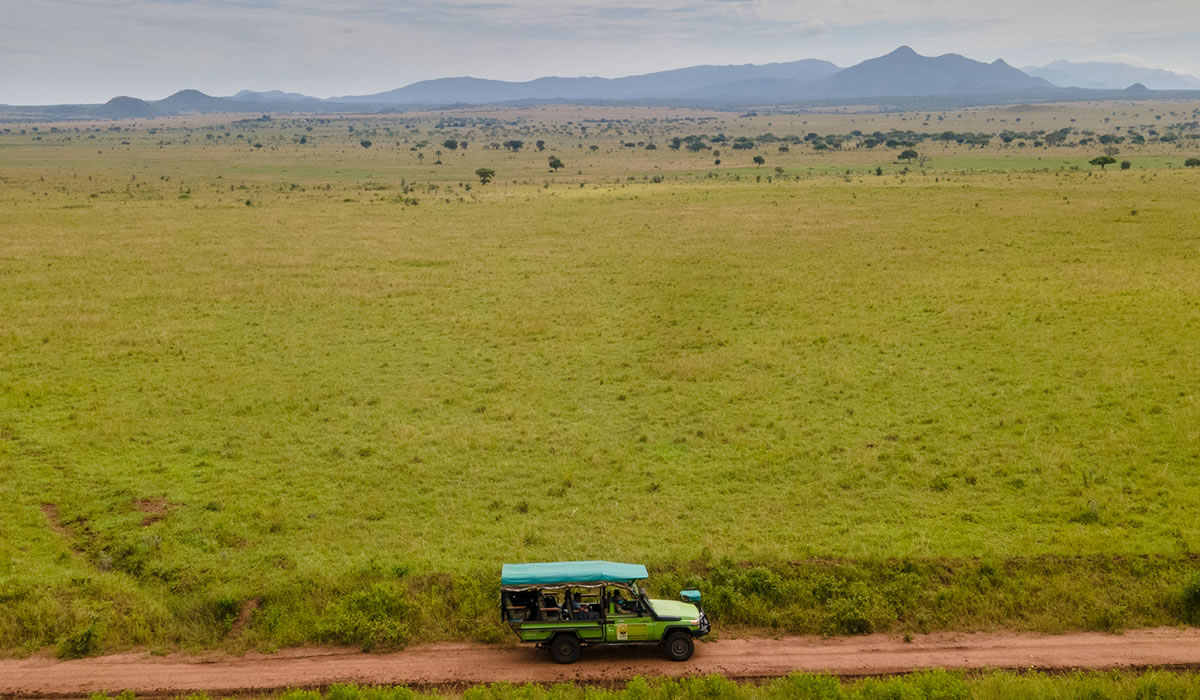
When planning a safari or adventure holiday to Uganda, understanding the country’s weather patterns can make a big difference in how you experience this beautiful East African gem. Uganda, known as the Pearl of Africa, offers diverse landscapes ranging from lush rainforests to expansive Savannah, misty mountains and serene lakes. This diversity also brings with it a variety of microclimates. In this Uganda Weather Guide, Verdant Safaris provides you with everything you need to know about Uganda’s climate, seasons and what to pack so you can make the most of your trip.
An Overview of Uganda’s Climate
Uganda enjoys a tropical climate, moderated by its elevation. Most parts of the country sit at an altitude of 900 to 1,500 meters above sea level, which makes the weather relatively mild compared to other equatorial regions. The country lies near the equator, meaning there are no extreme seasonal changes in temperature. Instead, Uganda experiences two main seasons – a wet (rainy) season and a dry season.
Temperatures across the country typically range between 21°C [70°F] and 30°C [86°F] during the day and drop to about 12°C [54°F] to 18°C [64°F] at night, depending on the location and altitude. Areas such as Kampala, Entebbe and Jinja remain warm and humid most of the year, while higher-altitude regions like Kabale and the Rwenzori Mountains can be noticeably cooler.
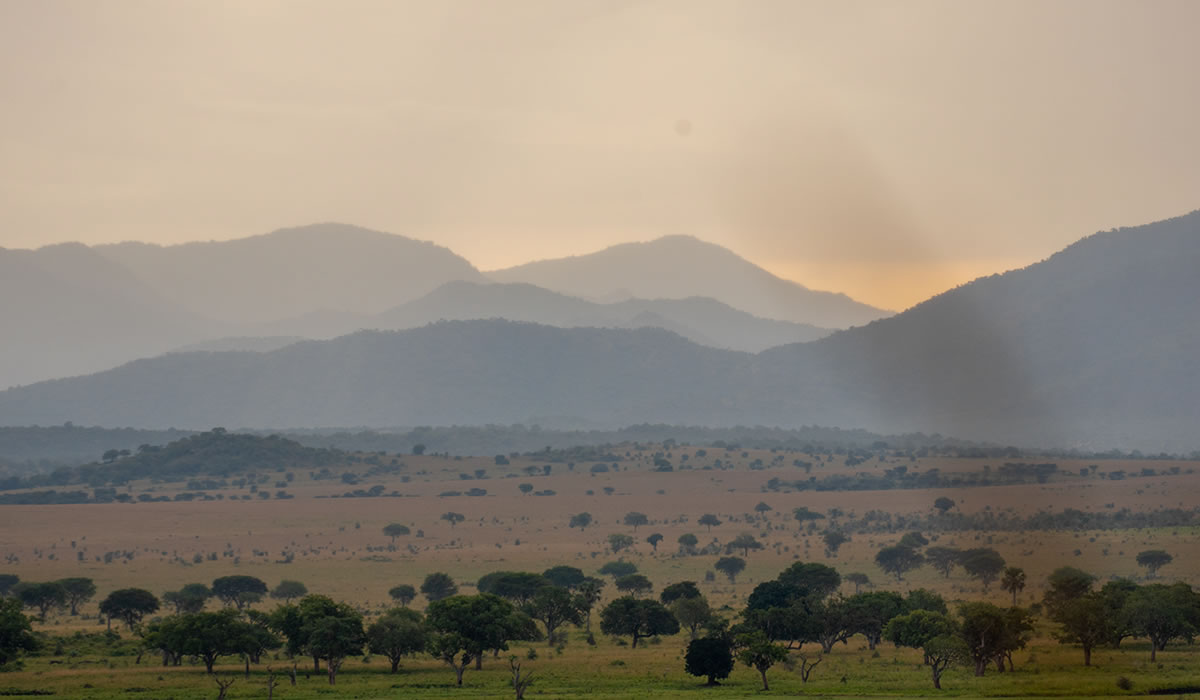
Uganda’s Dry Seasons
There are two dry seasons in Uganda, one long and one short:
- December to February: This is considered the short dry season. Days are typically sunny and warm, making it an excellent time for safaris and outdoor activities. Wildlife is easier to spot as animals congregate around water sources.
- June to August: This is the long dry season and is often seen as the best time to visit Uganda. It is the most popular season for gorilla trekking in Bwindi Impenetrable Forest and Mgahinga Gorilla National Park, as the forest trails are drier and more accessible. National parks like Murchison Falls, Queen Elizabeth and Kidepo Valley offer superb game viewing during these months.
These dry periods are the best times for travel and are often preferred by tourists due to clear skies and minimal rainfall. However, it is also the peak tourist season, so it is advisable to book permits, lodges and safaris in advance.
Uganda’s Rainy Seasons
Uganda has two rainy seasons that vary slightly depending on the region:
- March to May: This is the long rainy season. Rainfall can be heavy, particularly in central and western Uganda. However, the landscape is lush and green, which offers great opportunities for photography. While travel is still possible, road conditions in remote areas may become challenging due to mud and floods.
- September to November: This is the short rainy season. Rain tends to come in short, heavy bursts followed by sunshine. While trekking trails may be slippery and safari drives more difficult, the countryside is vibrant and birdwatching is particularly rewarding during these months.
Travelling in the rainy seasons comes with fewer tourists and lower rates for accommodations and tours. With a good 4×4 vehicle and proper gear, it is still possible to enjoy your trip.
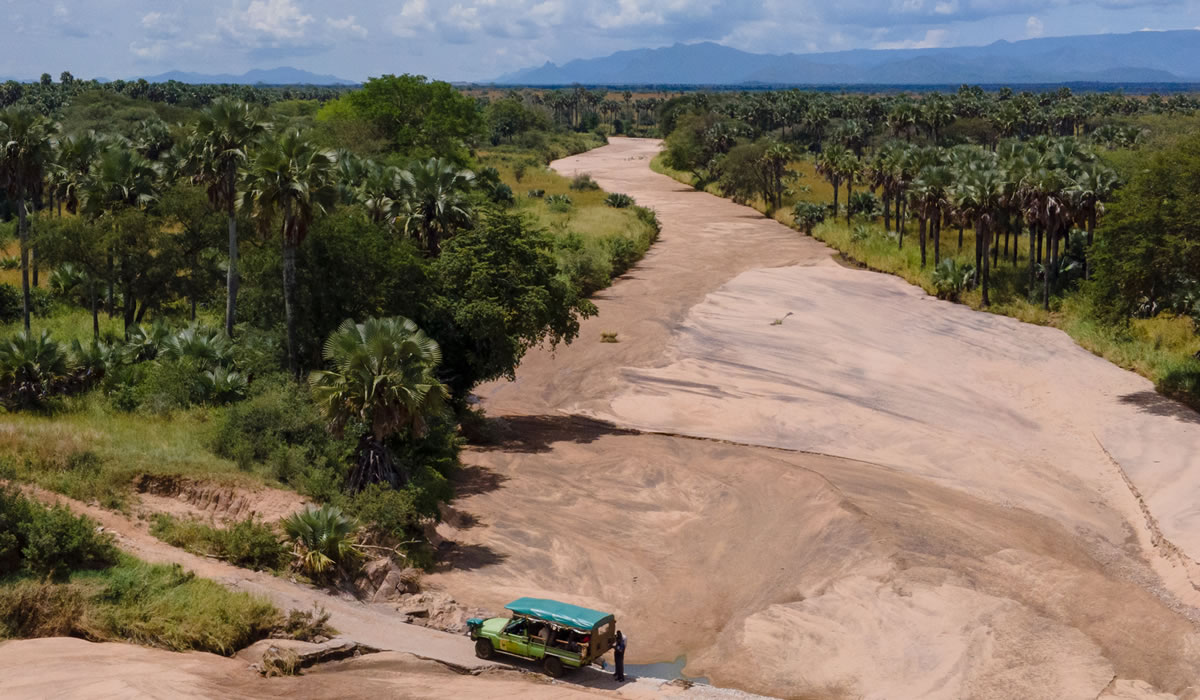
Regional Weather Variations in Uganda
Although Uganda is relatively small, its regions experience slightly different weather patterns due to differences in altitude and terrain. Here is a breakdown of regional climates:
- Central Uganda (Kampala, Entebbe, Jinja): These areas are humid and warm throughout the year, with temperatures averaging between 23°C to 28°C. Rainfall is well distributed, but the heaviest rains fall between March and May.
- Western Uganda (Bwindi, Kibale, Queen Elizabeth): This region receives a lot of rainfall due to the presence of tropical rainforests and mountainous terrain. Bwindi and Kibale are particularly wet, especially from March to May. Temperatures are cooler due to the higher altitude, averaging around 20°C to 25°C.
- Northern Uganda (Kidepo Valley, Gulu): This region is drier and hotter than the rest of the country. Kidepo Valley National Park can experience temperatures up to 35°C during the dry season. Rain falls mainly from April to October, with a shorter rainy season than the rest of Uganda.
- Eastern Uganda (Mount Elgon, Mbale): The eastern region sees moderate rainfall throughout the year and is cooler in the highlands. Mount Elgon receives significant rain due to its elevation and is best visited during the dry months of June to August.
- Southwestern Uganda (Kabale, Lake Bunyonyi): Known for its cool climate, this high-altitude area has temperatures ranging between 15°C and 22°C. It receives rain from March to May and again from September to November.
Best Time to Visit Uganda Based on Weather
Choosing the best time to visit Uganda largely depends on your planned activities:
- Gorilla Trekking: Best done during the dry seasons (June to August and December to February). Trails are easier to navigate and there’s a lower risk of rain disrupting your trek.
- Wildlife Safaris: Game viewing is best during the dry seasons when animals gather around waterholes and visibility is high. Murchison Falls, Queen Elizabeth and Kidepo Valley are most rewarding during these periods.
- Birdwatching: Uganda is a year-round birding destination, but November to April is particularly good when migratory species are present. The wet seasons also bring out a rich diversity of local birdlife, although access to some sites may be affected by rain.
- Mountain Hiking: Trekking in the Rwenzori Mountains or Mount Elgon is best from December to March or June to August. These are the driest months with more stable weather conditions for high-altitude hikes.
Packing Tips for Uganda’s Weather
Regardless of when you travel to Uganda, it is wise to pack for varying weather conditions. Here are some essentials:
- Lightweight, breathable clothing for warm days.
- Long-sleeved shirts and trousers for protection against insects and sun.
- A waterproof rain jacket or poncho, especially if travelling during the rainy season or to forested areas.
- Sturdy waterproof hiking boots, especially for gorilla or chimpanzee trekking.
- A hat and sunglasses for sun protection.
- Warm layers for chilly mornings and evenings in highland regions.
- Insect repellent and sunscreen.
It is also advisable to bring a waterproof bag or cover for your camera and other electronics, especially if travelling in wetter months or participating in water-based activities.
How Verdant Safaris Helps You Navigate Uganda’s Weather
At Verdant Safaris, we tailor every itinerary to match not only your interests but also the seasonal weather conditions. Whether you’re planning a gorilla trekking adventure, a classic wildlife safari or a birdwatching tour, we consider the best times and regions for your chosen activities. Our local knowledge and experience mean that even during the rainy seasons, we plan routes, transportation and accommodations that keep your journey comfortable and safe.
We also provide updated weather insights and travel advice before and during your trip, helping you prepare and pack appropriately. If you’re unsure when to travel, our team is always happy to help you choose the right season based on your goals and preferences.
Uganda’s weather is as varied and beautiful as its landscapes. While the country doesn’t experience harsh weather extremes, knowing what to expect helps ensure a smooth and enjoyable adventure. The dry seasons are generally considered the best times for travel, especially for gorilla trekking and wildlife viewing, but the rainy seasons offer their own rewards, including fewer crowds, greener scenery and unique bird life.
By using this Uganda Weather Guide and working with a trusted tour company like Verdant Safaris, you can confidently plan your trip to match your expectations and make the most of your time in the Pearl of Africa.
Contact Verdant Safaris today to begin planning your unforgettable Ugandan journey. Rain or shine, adventure awaits.


